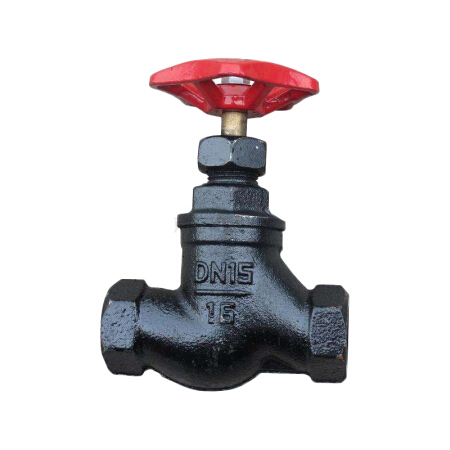3 inch flange
Understanding 3-Inch Flanges A Comprehensive Guide
Flanges are critical components used in various industries, including plumbing, oil and gas, and manufacturing, to join pipes, valves, pumps, and other equipment. Among the many sizes available, the 3-inch flange is a common choice due to its versatility and ease of handling. This article aims to provide a comprehensive understanding of 3-inch flanges, covering their types, applications, materials, and the significance of proper installation.
What is a 3-Inch Flange?
A flange is a mechanical component typically made of metal or plastic that connects two sections of piping. The dimensions of a flange are specified by a nominal pipe size (NPS). In this case, a “3-inch flange” refers to flanges designed to accommodate a pipe with a nominal diameter of three inches. They are usually circular discs with holes around the perimeter for bolting to other flanges or structures, ensuring a secure and leak-proof connection.
Types of 3-Inch Flanges
There are several types of flanges that may come in a 3-inch size, each designed for specific applications
1. Slip-On Flange This type slips over the pipe and is welded in place. It is easy to align and install, making it a popular choice for many applications. 2. Weld Neck Flange Featuring a long neck that allows for a gradual transition between pipe and flange, weld neck flanges are known for their strength and ability to withstand high pressure and temperature.
3. Blind Flange Used to close off the end of a piping system, blind flanges are solid discs with no center hole. They are essential for future maintenance and easy access.
4. Threaded Flange These flanges have internal threads that allow them to be screwed onto pipes with compatible threads. They are often used in situations where welding isn’t feasible.
5. Socket Weld Flange Similar to slip-on flanges, socket weld flanges are designed for smaller diameter pipes. The pipe fits into a recess at the flange and is welded around the joint.
Applications of 3-Inch Flanges
3-inch flanges are widely used in various applications, including
- Water Supply Systems In municipal and industrial water systems, flanges are used to connect pipelines and equipment securely. - Oil and Gas Industry Flanges facilitate connections between different components in pipelines, helping to maintain the integrity of the system under challenging conditions.
- Chemical Processing The chemical industry relies on various flanges to connect reactors, valves, and other equipment, ensuring safe and effective material transfer.
3 inch flange

- HVAC Systems In heating, ventilation, and air conditioning systems, 3-inch flanges help join ductwork and other components.
Materials Used in 3-Inch Flanges
The choice of material for flanges is crucial, as it impacts their durability and suitability for various environments. Common materials include
- Stainless Steel Highly resistant to corrosion and rust, stainless steel flanges are ideal for applications involving water or chemicals.
- Carbon Steel Strong and durable, carbon steel flanges are often used in the oil and gas industry and in high-pressure applications.
- Ductile Iron Known for its strength and resistance to impact, ductile iron is often used in municipal water systems.
- Plastic For applications involving corrosive substances, plastic flanges can be a suitable alternative, offering chemical resistance and lighter weight.
The Importance of Proper Installation
Proper installation of 3-inch flanges is essential to ensure a secure and leak-free connection. This involves
1. Surface Preparation Ensuring the flange surfaces are clean and free from debris or contaminants. 2. Aligning Flanges Proper alignment helps prevent stress and potential failure in the piping system.
3. Tightening Using the right amount of torque when fastening the bolts is critical, as over-tightening can lead to warping or breakage.
4. Regular Maintenance Periodically checking flanges for signs of wear or leaks can significantly enhance the longevity of the piping system.
In conclusion, understanding 3-inch flanges, their types, applications, materials, and installation procedures is vital for anyone involved in industries relying on piping systems. By ensuring the appropriate selection and installation of flanges, professionals can maintain the efficiency and reliability of their systems while minimizing the risk of leaks and failures.
-
The Key to Fluid Control: Exploring the Advantages of Ball Valves in Industrial SystemsNewsJul.09,2025
-
The Versatile World of 1, 2, and 3 Piece Ball ValvesNewsJul.09,2025
-
Stainless Steel Ball Valves: The Ideal Choice for Efficient Flow ControlNewsJul.09,2025
-
Optimizing Fluid Control with Ball Float ValvesNewsJul.09,2025
-
Manual Gate Valves: Essential for Control and EfficiencyNewsJul.09,2025
-
Everything You Need to Know About Butterfly ValvesNewsJul.09,2025
-
The Versatility of Wafer Type Butterfly ValvesNewsJul.08,2025




